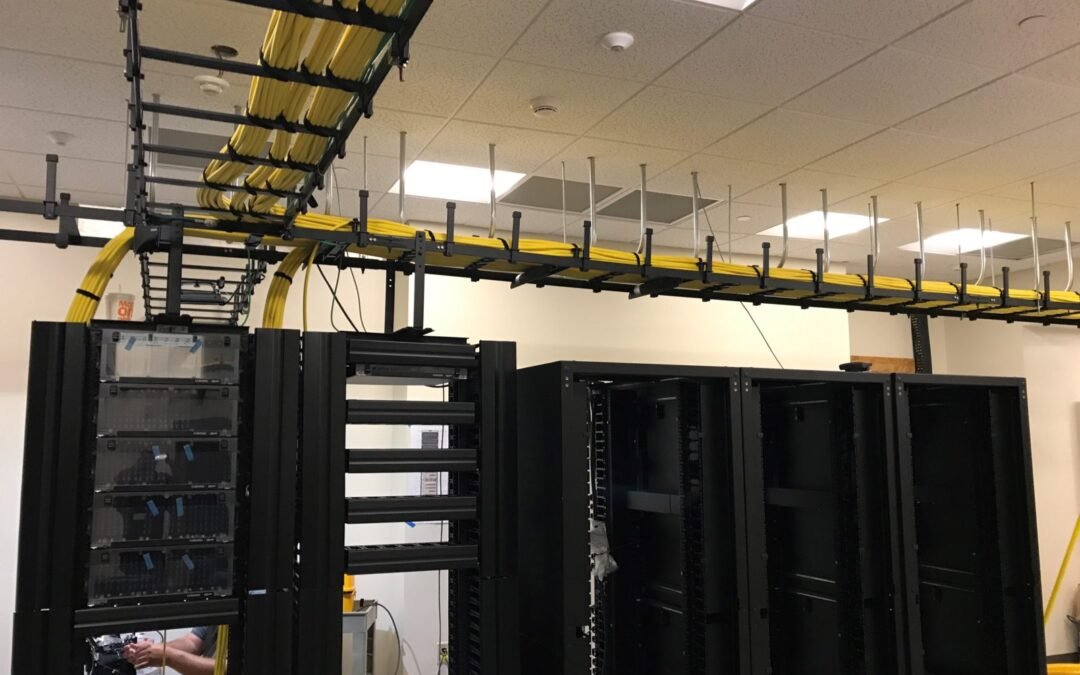As discussed in Part 1, new developments in wireless technologies have exceeded horizontal bandwidth speeds of 1 Gbps, and faster network speeds are now required via fiber backbone cabling. Part 2 will discuss OM5, Fiber Backbone, and 10 Gbps.
OM5
Capable of very high speeds, OM5 wideband multimode fiber is the latest fiber-optic infrastructure that has the capability of supporting low-cost SWDM (shortwave wavelength division multiplexing) applications and increasing bandwidth and speed with less fiber than parallel fiber-optic solutions that are comparable. As tested, OM5 is capable of transmitting 100 Gbps utilizing only two fibers in contrast to eight needed for a common parallel fiber application.
Fiber Backbone
Backbone cabling is composed of interconnections between AP (access provider) space, EFs (entrance facilities), ERs (equipment rooms), TRs (telecommunication rooms), and TEs (telecommunication enclosures).
For the backbone, ANSI/TIA-568.3-D advises the deployment of a hierarchical star topology that does not exceed two levels of crossconnections. For the most basic design, the MC (main cross connect) in the ER will directly feed to the HC (horizontal cross connect) inside the TR of each floor. IC (intermediate cross) connects can have positions between the HC and MC.
Multimode and singlemode fiber are backbone cabling’s recognized standard transmission media. Traditionally recommended for 10 Gbps building backbones for a maximum of 300 meters (OM3) and 550 meters (OM4), laser-optimized 50/125 μm (OM3 and OM4) multimode fiber installations cost less than singlemode fiber with optical transceivers.
Usually installed when channel lengths are expected to surpass multimode fiber’s specified distances, singlemode fiber provides 10 Gbps across distances exceeding OM4’s 550-meter limit.
10 Gbps
10 Gbps backbones use serial transmission with standard two-fiber duplex cabling, wherein a single fiber transmits while one fiber receives, Usually, a 10 Gbps channel will be made up of backbone cables which are either fusion spliced using LC connectors or field terminated. For connecting active networking to backbone cabling, duplex LC patch cords are commonly utilized.
Part 3 will discuss Migration to 40 Gbps & 100 Gbps and Distances.
Founded in 1986, Progressive Office’s success has been a direct result of years of commitment to seeking cost-effective solutions. Working together, Progressive teams are committed to getting your data cables installed and operating while minimizing disruption and downtime. Call our toll free number (800) 614-4560 today.

